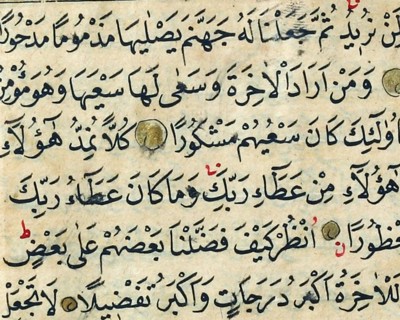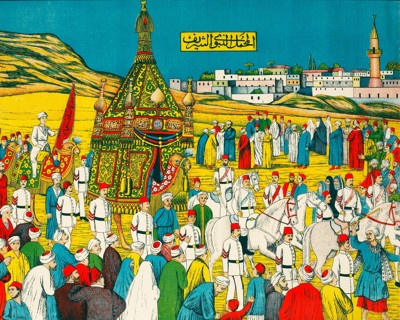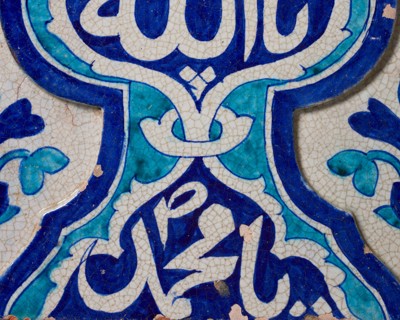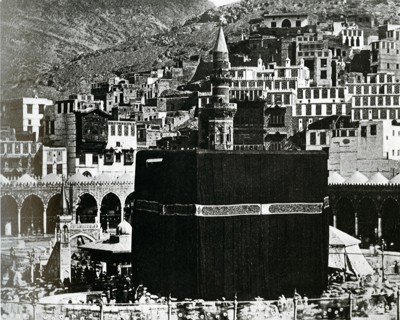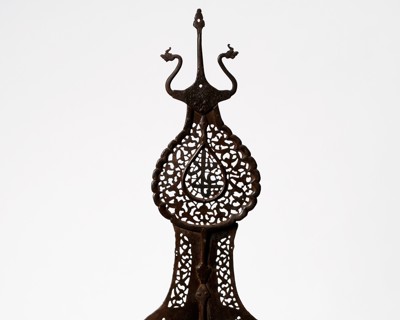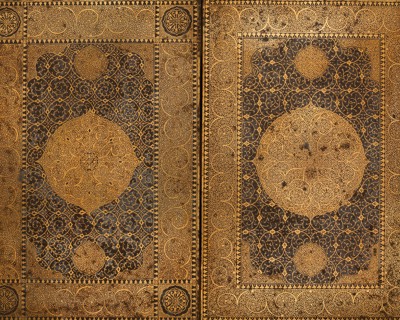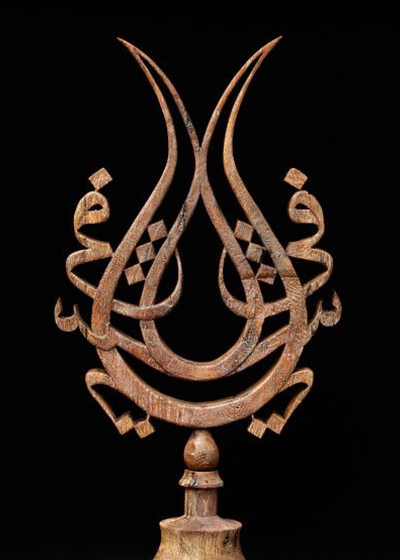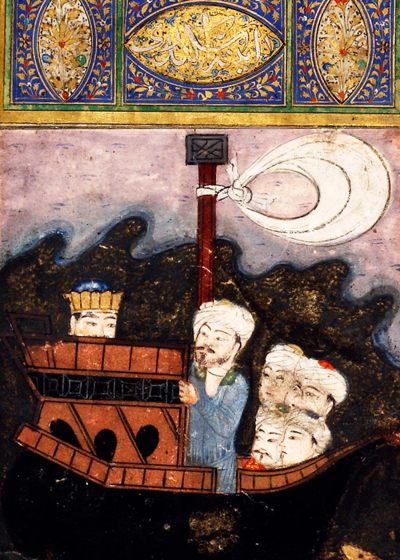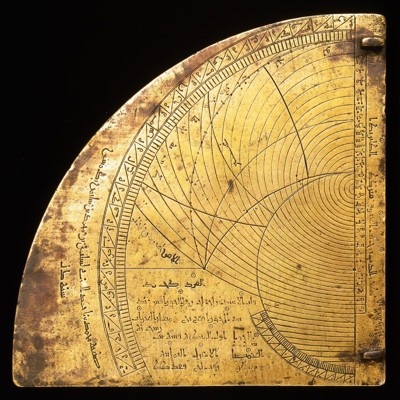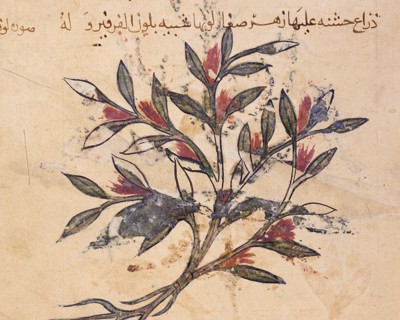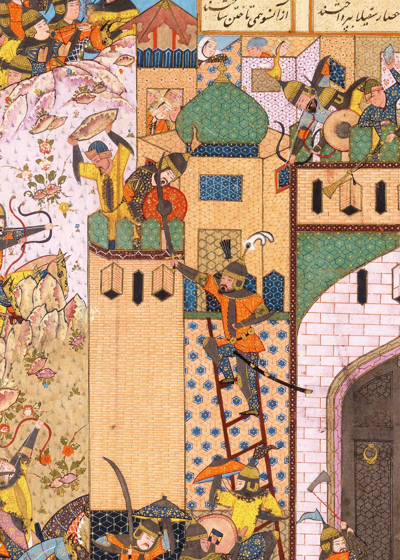The Mosque

A house for prayer
The word “mosque” entered English via French, from the Arabic word masjid, which means “a place of prostration in prayer.” The original Muslim interpretation of the concept “a mosque” is consequently a place where one prays, not necessarily a specific type of building. In principle, a mosque can consist of any room at all where there is space enough to pray.
The Friday mosque (masjid jami), unlike an ordinary mosque, is not only a place for prayer but also one for congregating. It is both a house of prayer and a community center where the faithful meet on Friday noon for both prayer and the imam’s lecture (khutba). In the West, the Friday mosque, with its domes and minarets, is the typical image of a mosque.
The early Friday mosques, like Muhammad’s house in Medina, were designed as open courtyards with a covered prayer hall at one end. In later ages, a number of architectural elements that had special associations with the rituals of Islam became standard fixtures. The most significant is the special niche (mihrab) in most mosques that gives the direction (qibla) toward the Kaaba in Mecca. The niche can differ in size and be made of many different materials, but is always placed in the qibla wall, the one that faces Mecca.
In addition to the mihrab, most large mosques also have a step-like pulpit (minbar) and a fountain for ablutions (sabil) in the courtyard. Under Islamic law, all Muslims must purify themselves before they enter a mosque, where shoes are never worn.
The minaret, which takes its name from the Arabic word manara (lighthouse), was found for the first time in 8th-century Syria and Iraq and has since spread to the entire Islamic world. In some places, the minaret is used only as an eye-catcher, while in others it is the place from which the muezzin chants or calls the faithful to prayer.
A characteristic feature of mosques throughout the world is the direct influence of local building traditions. The early Syrian mosques display the widespread reuse of Byzantine church art, while the large-domed mosques of Iran show traces of pre-Islamic, Sasanian palace architecture. In western Africa, many Friday mosques are clearly inspired by the holy sepulchral monuments of earlier ages, and in China, the oldest mosques were designed like Buddhist pagodas.
